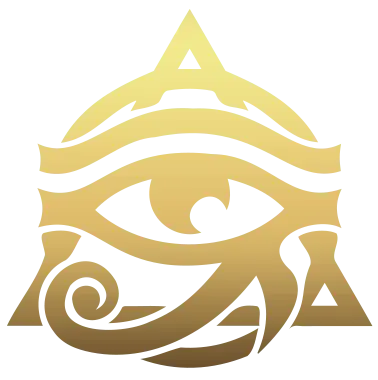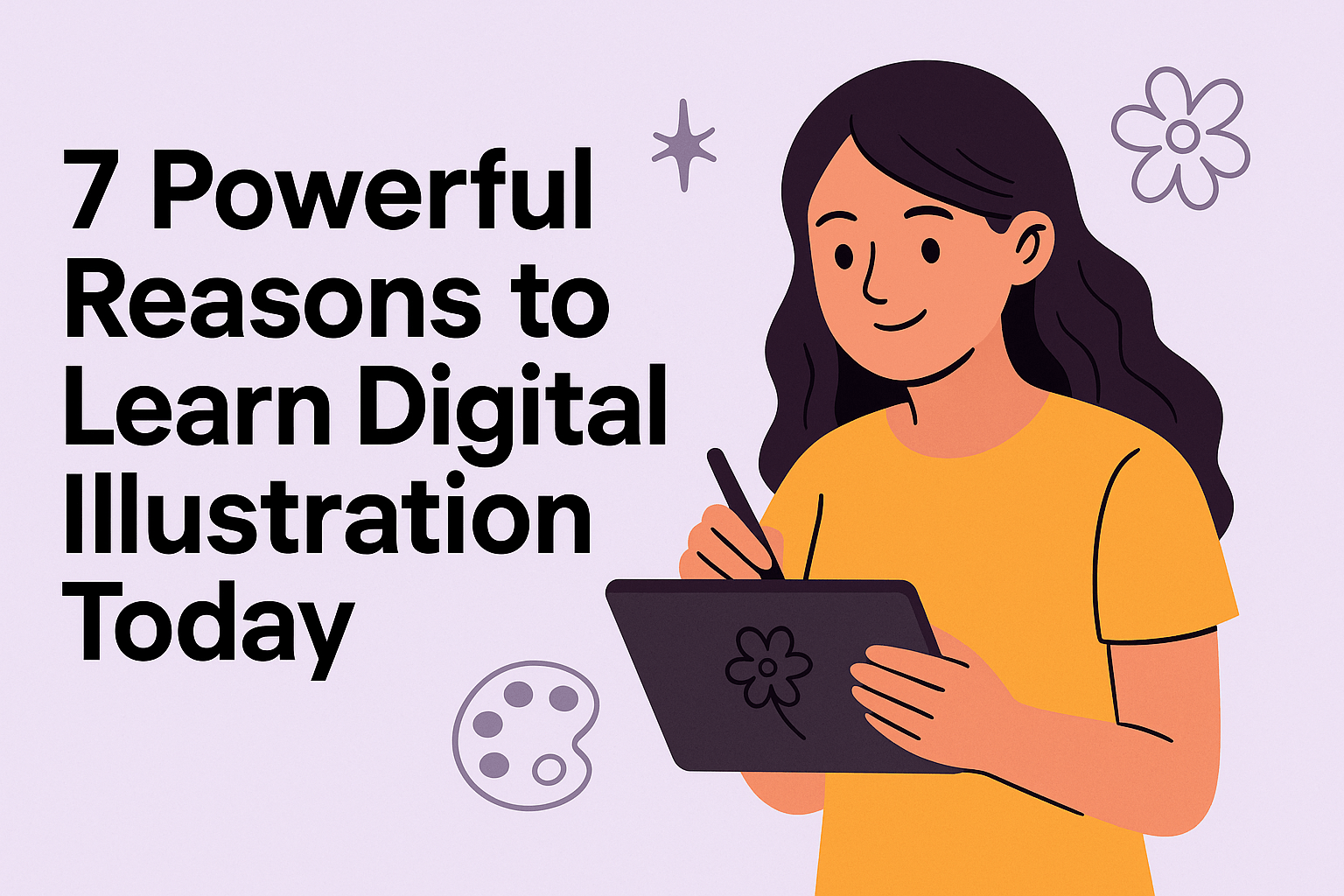7 Powerful Reasons To Learn Digital Illustration
7 Powerful Reasons to Learn Digital Illustration Today
How to learn digital illustration — this question sparks the beginning of an exciting journey into the world of creativity, technology, and personal expression. Whether you’re a hobbyist, aspiring artist, or professional designer, learning digital illustration can unlock a new dimension of opportunity. But where do you begin? What tools do you need? And what are the actual pros and cons? In this blog, we’ll explore all of that — and more — through the story of someone just like you.
Meet Layla, a 23-year-old architecture student who always had a love for drawing. Sketchbooks were her sanctuary, but between lectures and part-time jobs, carrying around pencils and paper became a hassle. She stumbled upon the term “digital illustration” one night while scrolling through Instagram art reels. Curious, she googled “how to learn digital illustration” — and fell head-first into a colorful rabbit hole.
1. Accessibility & Convenience
One of the first things Layla discovered was that digital illustration is accessible anywhere, anytime. With just a tablet and a stylus, she could draw during her commute, in bed, or between classes. No mess, no cleanup, no lost pens. It allowed her to create more frequently and with greater ease.
2. Limitless Creativity with Digital Tools
Layla was amazed by the array of brushes, effects, and textures available in tools like Procreate, Adobe Fresco, and Krita. Unlike traditional art, digital platforms let you undo mistakes, duplicate layers, and experiment without fear. This boosted her confidence and made her more adventurous as an artist.
3. Cost-Effective in the Long Run
Though the initial investment in a tablet might seem expensive, Layla realized she no longer had to buy canvases, paints, or markers repeatedly. Free software options like Autodesk SketchBook and Medibang Paint helped her start without breaking the bank.
4. Career Opportunities
What started as a hobby quickly evolved into freelance gigs. Layla began getting commissions through Fiverr and DeviantArt. She later opened a print-on-demand shop using her art on t-shirts and posters. Digital illustration opened the door to monetization — something not easily achievable with a drawer full of physical sketches.
5. Community & Feedback
Layla joined Reddit groups, followed digital artists on YouTube, and started sharing her work on Behance and ArtStation. The support and constructive feedback fueled her growth. She found mentors, collaborators, and even friends. The digital art world is one of the most vibrant and welcoming communities online.
6. Learning Platforms for Digital Illustration
Still wondering how to learn digital illustration? Layla explored various learning platforms:
- Skillshare: Perfect for beginners and intermediate learners with thousands of bite-sized classes.
- Udemy: Offers full courses with lifetime access. Great value if you catch the discounts.
- Domestika: Focuses on creative fields, with courses taught by well-known digital illustrators.
- YouTube: An incredible free resource. Channels like Aaron Blaise and Draw with Jazza taught Layla fundamental skills.
- Coursera: Offers more academic, structured programs often backed by universities.
7. Downsides to Consider
As much as Layla fell in love with digital illustration, it wasn’t all smooth sailing. Here are some of the challenges she faced:
- Learning Curve: Mastering software can be overwhelming at first. Layers, brushes, shortcuts — it takes time to feel natural.
- Screen Fatigue: Long hours of staring at a screen can cause eye strain and fatigue.
- Initial Costs: A good tablet and stylus aren’t cheap, especially for students or beginners on a tight budget.
But in her case, the benefits far outweighed the drawbacks. She just had to pace herself, take breaks, and invest smartly.
How You Can Start Today
Inspired by Layla’s story? Here’s a quick guide to start your own journey:
- Choose your device: iPad with Apple Pencil, Wacom, or even a budget XP-Pen.
- Pick your software: Start free (Krita, Medibang), then explore Procreate or Photoshop.
- Take a course: Skillshare and YouTube are your best friends in the beginning.
- Draw every day — even 15 minutes builds muscle memory.
- Share your work: Instagram, Reddit, Pinterest, and Behance help build accountability and get feedback.
Conclusion: The Future is Bright
Learning digital illustration changed Layla’s life. She gained creative freedom, professional opportunities, and a vibrant global community — all from the comfort of her tablet. Whether you’re an absolute beginner or someone rekindling an old love for art, the path is open to you. The key is to start.
So next time you wonder how to learn digital illustration, remember: all it takes is one click, one sketch, one idea — and a world of art awaits.
Useful Links to Start Your Digital Illustration Journey
Here’s a collection of the best platforms, software, and communities mentioned in this post — all in one place:
🎨 Learning Platforms
- Skillshare – Bite-sized classes for creatives.
- Udemy – Affordable full courses with lifetime access.
- Domestika – High-quality creative courses by professionals.
- Draw with Jazza on YouTube
- Aaron Blaise on YouTube
- Coursera: Digital Illustration Courses
🛠️ Free & Paid Software
- Krita – Free and open-source painting software.
- MediBang Paint – Lightweight and beginner-friendly.
- Autodesk Sketchbook – Free professional drawing software.
- Procreate – Industry favorite for iPad users.
🌐 Community & Inspiration
- Behance – Share your work and find creative inspiration.
- ArtStation – Home for professional digital artists.
- Reddit: r/ArtistLounge – Friendly space for feedback and discussion.
💼 Freelance & Monetization
- Fiverr – Start earning from your illustrations.
- Redbubble – Sell your art on products worldwide.
- Spring (Teespring) – Launch your own merch store.
🚀 From Me to You
- 💬 Join my WhatsApp Channel – Daily tips and words (600+ members).
- 🤝 Join the Community – Find support, learn faster, and connect.
- 🎓 Explore My Courses – Learn Dutch and digital skills affordably.


